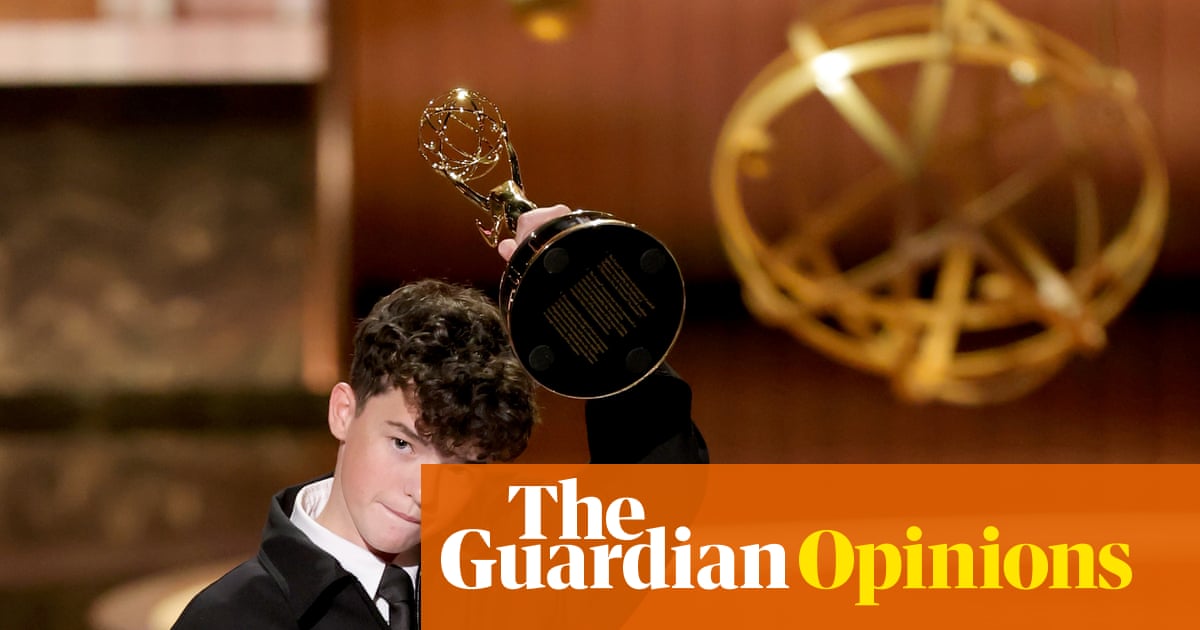The future of London’s Bridge Park complex, a prominent location for Britain’s Windrush generation, hangs in the balance as campaigners hope Historic England will save it from councillors’ decision to close it within weeks.
Bridge Park community leisure centre in Stonebridge, north-west London, was Europe’s largest Black-led community enterprise when it opened in the 1980s and is cherished for its part in Black British history.
But last Monday, days before Windrush Day on Sunday, which celebrates the postwar history of UK Black communities, Brent council, which took over the day-to-day running of Bridge Park in the mid-90s, decided it would close on 31 July as part of proposals to “radically transform” the area.
Lawrence Fearon, one of Bridge Park’s founders, said: “Bridge Park is not just a building. It’s a testament to the dreams of the Caribbean diaspora and the legacy of my generation, who dared to build a better future against the odds.”
Campaigners are looking to Historic England for a lifeline. The Save Bridge Park campaign applied to the heritage body earlier this year to have the building listed to save it from development, a move backed by the Labour MP Dawn Butler, Paul Boateng, the UK’s first Black cabinet minister, and the broadcaster Trevor Phillips.
In the years since Bridge Park was taken over by the local authority, the focus has shifted from enterprise to sports, leisure and events, but it remains well used, with a powerful legacy.
Until 1981 it was the Stonebridge bus depot, where staff from the Windrush generation worked. When the site became disused, local young people formed a cooperative – the Harlesden People’s Community Council – to transform it into a space for Black-owned businesses, with funding from Brent council and the former Greater London Council, amid high unemployment and discrimination in Margaret Thatcher’s Britain.
Founders included the community leader Leonard Johnson, whose philosophy – “let’s build and not destroy” – prevented disorder from spreading to Harlesden on the night of Brixton’s uprising in 1981.
Bridge Park was inaugurated by King Charles, then the Prince of Wales, in 1988. At its peak it had 32 business units, a sports hall, theatre, training centre, recording studio, restaurant and bar.
The Royal Shakespeare Company’s Ray Fearon, 51, and the Premier League footballer Raheem Sterling, 30, spent formative years there, and are backing plans to save it.
Brent council said it acknowledged “the part Bridge Park had in an important chapter in Black British history”, but spending £1.5m to bring it up to “suitable safe standard” was “not a good use for public funds”.
after newsletter promotion
Muhammed Butt, the leader of Brent council said: “I understand the deep affection that local people have for Bridge Park, but … it’s simply not financially sustainable to keep it open. Instead, we want to get on with building a brand new leisure centre for the community, which will be more than double the size and purpose-built.
“Our plans are all about transforming the area for the benefit of local people – much-needed new homes, more green spaces and new jobs.”
Rebecca Markus, a researcher and co-lead of Save Bridge Park, said: “It’s a really amazing, early example of adaptive reuse. There’s an idea that for a building to be of architectural merit it needs to be designed by a star architect and subscribe to a specific style, but if our heritage is actually going to reflect the nation then we have to be inclusive in the way we think about these things.
“Buildings hold a tangible connection to the past that can’t be captured by words or photographs.”
Historic England is expected to make a decision this summer. It was approached for comment.

 2 months ago
34
2 months ago
34

















































